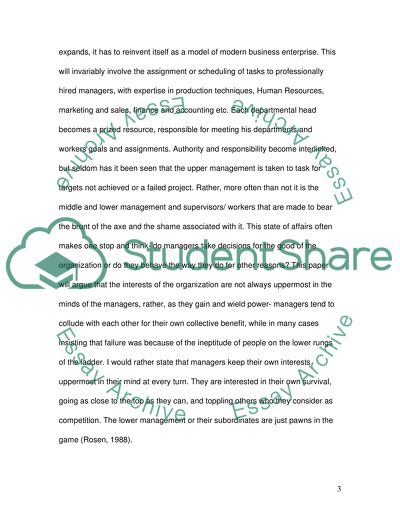Cite this document
(“Do managers take decisions for the good of the organisation or do they Essay”, n.d.)
Retrieved from https://studentshare.org/environmental-studies/1421155-do-managers-take-decisions-for-the-good-of-the
Retrieved from https://studentshare.org/environmental-studies/1421155-do-managers-take-decisions-for-the-good-of-the
(Do Managers Take Decisions for the Good of the Organisation or Do They Essay)
https://studentshare.org/environmental-studies/1421155-do-managers-take-decisions-for-the-good-of-the.
https://studentshare.org/environmental-studies/1421155-do-managers-take-decisions-for-the-good-of-the.
“Do Managers Take Decisions for the Good of the Organisation or Do They Essay”, n.d. https://studentshare.org/environmental-studies/1421155-do-managers-take-decisions-for-the-good-of-the.


